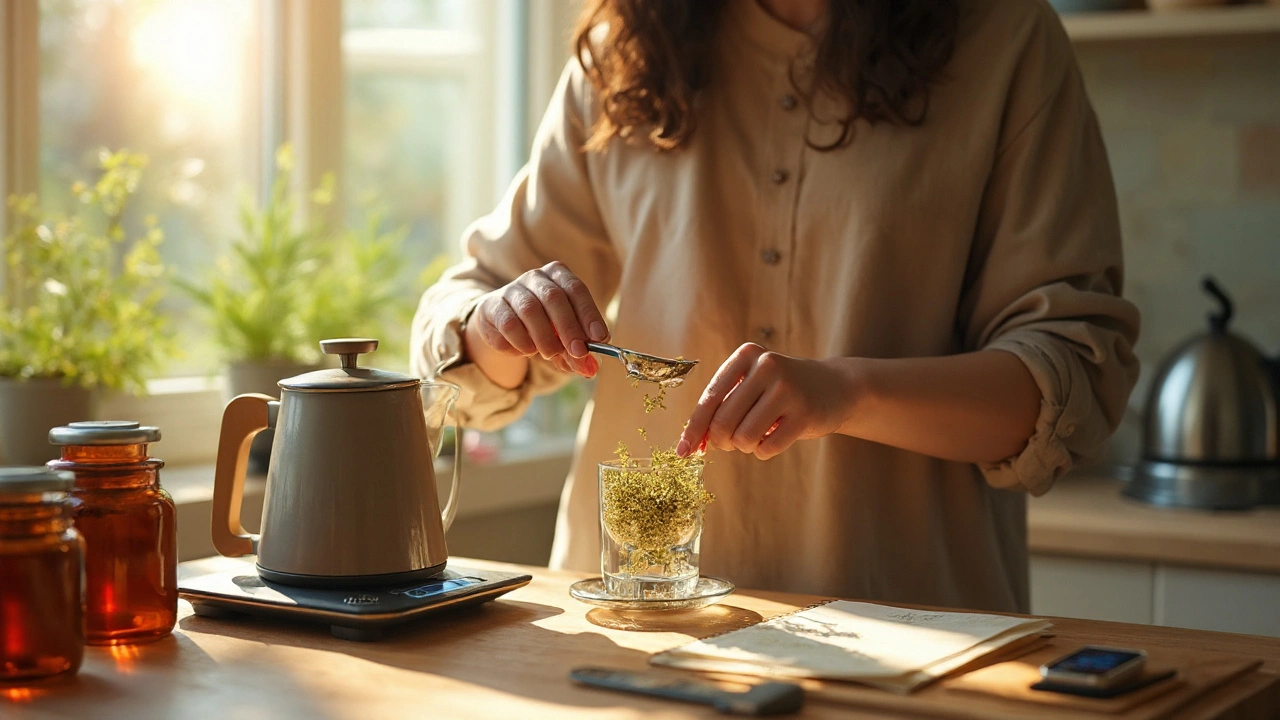Lady's Bedstraw Supplement – What It Is and How It Works
If you’ve seen Galium aparine on a bottle label, you’re looking at lady’s bedstraw. This humble plant has been used for centuries as a tea, tincture, or powdered supplement. Modern researchers are checking whether the old uses hold up, and many people turn to it for skin health, mild diuretic effects, and joint comfort.
Key Benefits People Look For
Most users cite three main reasons for taking lady’s bedstraw:
- Skin support – Traditionally it was brewed to help acne and eczema. The plant contains flavonoids and silica, which may aid collagen formation and reduce inflammation.
- Fluid balance – Some herbalists call it a gentle diuretic. Small studies suggest it can increase urine output without harsh caffeine spikes.
- Joint comfort – The anti‑inflammatory compounds could ease mild joint stiffness, especially in older adults.
While anecdotal reports are positive, high‑quality clinical trials are still limited. If you’re hoping for dramatic results, keep expectations realistic.
How to Take It Safely
Most supplements come as capsules, tablets, or a dried herb you can brew. Here’s a practical dosing guide:
- Capsules/Tablets: 300‑600 mg taken 1‑2 times daily, preferably with food.
- Tea: Use 1‑2 tsp of dried herb per cup, steep 5‑10 minutes, drink 1‑3 cups a day.
- Tincture: 20‑30 drops (about 1 ml) in water, 1‑2 times daily.
Start with the lowest dose and watch how your body reacts. If you notice any stomach upset or increased urination, reduce the amount.
Women who are pregnant, nursing, or planning a pregnancy should avoid high doses. The plant contains coumarins that could affect blood clotting, so anyone on anticoagulant medication (warfarin, apixaban, etc.) should check with a clinician first.
Allergic reactions are rare but possible. If you develop a rash, itching, or breathing trouble after taking lady’s bedstraw, stop immediately and seek medical help.
When choosing a product, look for third‑party testing, clear ingredient lists, and no added fillers. Organic or wild‑crafted labels often indicate higher quality, but the most important factor is that the label shows the exact amount of Galium aparine extract.
In summary, lady’s bedstraw supplement can be a gentle addition to a wellness routine, especially if you want natural skin support or a mild diuretic. Stick to proven doses, watch for interactions, and treat it as a complement—not a cure—for any health condition.

- Aug, 31 2025
- Comments 14